This week I’m featuring a guest post by Andrew Boland from Andy’s World Journeys! Andy is a great travel blogger, having visited over 78 countries, and is also a friend of mine from Melbourne!
His post today is about a country I have visited but haven’t written much about; Myanmar, also known as Burma, and the popular destination of Inle Lake.
Myanmar is a country growing every year in popularity amongst travellers worldwide, and it’s not hard to see why. From bustling Yangon to the temples of Bagan further north to Mandalay into the incredible hill country. But one of the country’s premiere tourist attractions is the stunning Inle Lake.
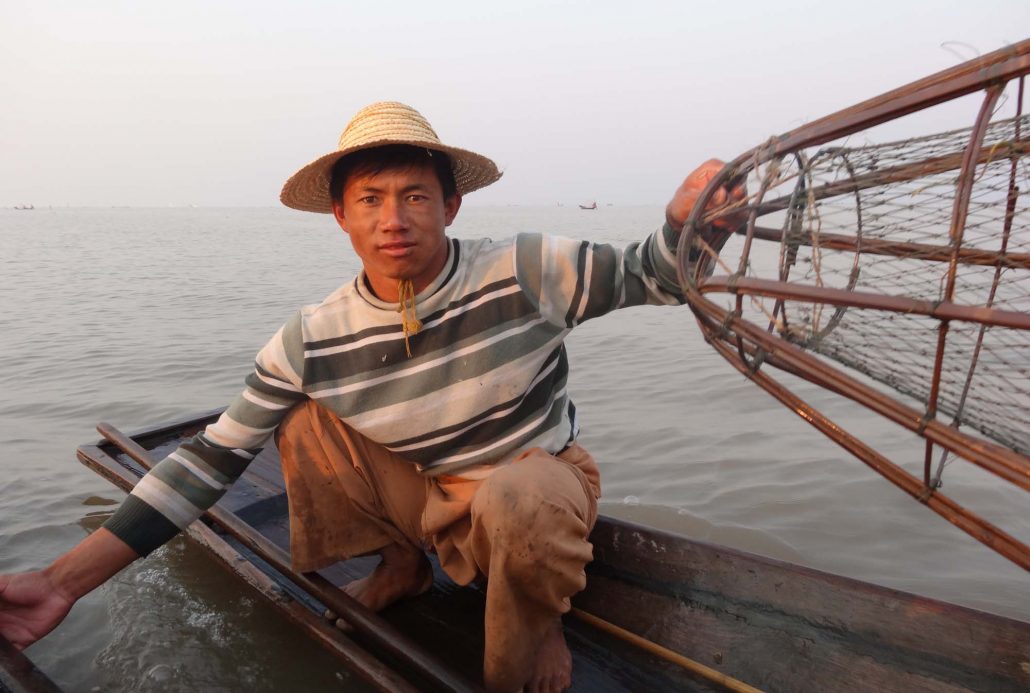
I think that, despite the fact some may have reservations about visiting the lake, this is a ‘must-see’ experience in Myanmar. To be clear – Inle Lake is a massive, wet, floating tourist trap. It’s probably the most touristy place in the entire country. Although Bagan and its temples sees a hell of a lot of tourists, it’s not as obvious, as visible as the touristy nature of Inle Lake.
Today, tourism makes up almost all of the money that comes into the region. And at a guess 90+ % of today’s tourism didn’t exist 15 years ago. For example, whole ‘floating villages’ seem to rely on the tourist moneys. Fishermen will approach you (on your boat) and start posing for your camera without being asked. Children will sidle up to your boat and try to sell you flowers. There are a number of restaurants on stilts that stand there waiting for the lunchtime tourist push that fills them up. And you will see tourists everywhere you go. Especially at the market.
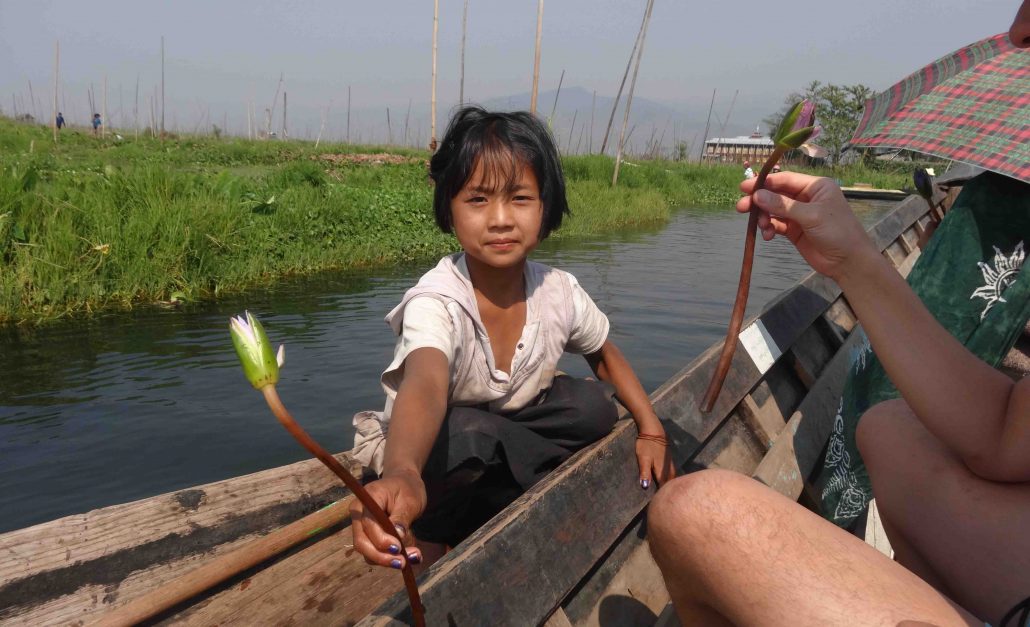
Also, the influx of tourism on and around the lake has had environmental implications too. And that can’t be easy for a country which is still developing tourist infrastructure.
BUT at the end of the day, Inle Lake is really beautiful and incredibly photogenic, and so if you are into taking photos as you travel on any level, Inle Lake is without a doubt really rewarding. Even the photos of fishermen can turn out to be quite artistic.
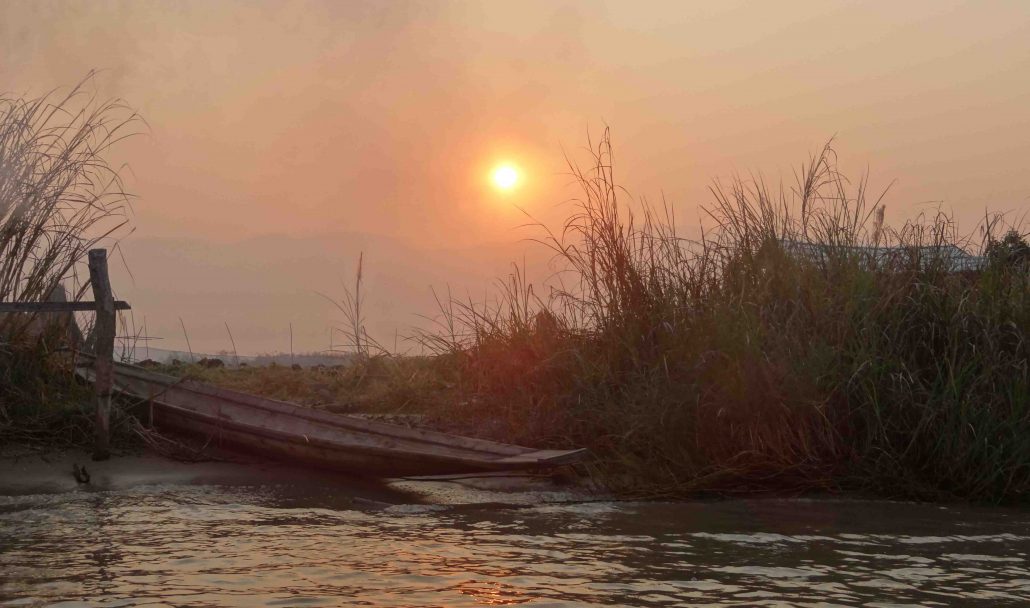
The Typical Basic Tour
(rather than the high-options which can have you staying at a lakeside resort etc)
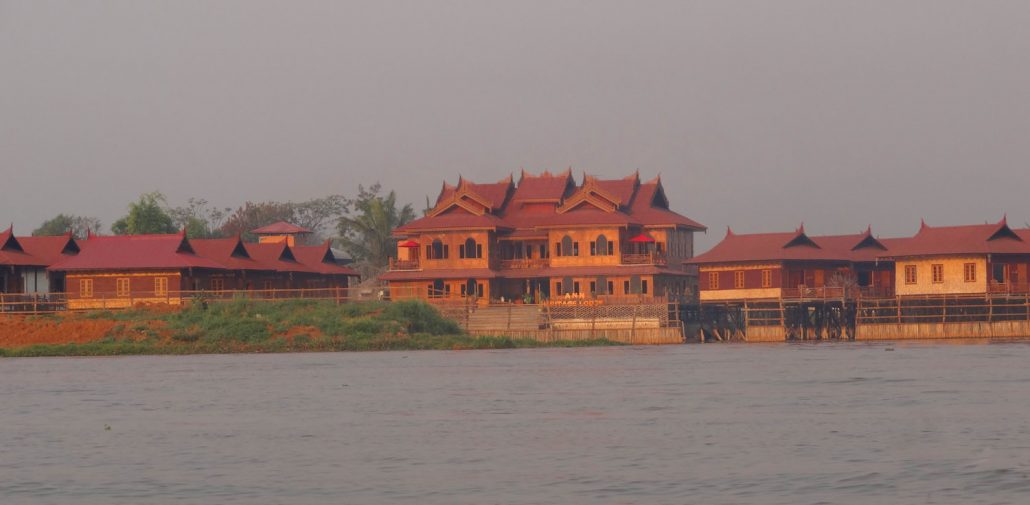
Your standard tour starts pre-dawn in Nyaungshwe at the river which starts in the town and flows into Inle Lake. The basic is boat is just that – basic. Wooden and not particularly comfortable, a little outboard motor on the back, it doesn’t go fast, but you don’t want it too.
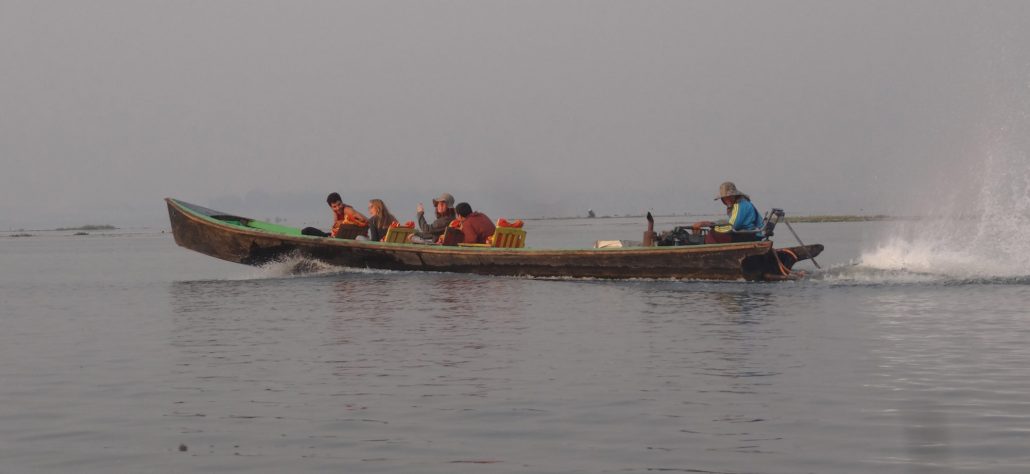
If timing is right, you’ll actually get on the lake around the time the sunrises, and it’s the most magical time of the day. You’ll see plenty of others on the lake, some in small boats like yours, some in much bigger ones with many passengers (for the record, there were three plus the captain of our boat). Fishermen are near the mouth of the river and ready to pose for your shots. The fisherman who approached us stood on one leg and held out his net – he knew exactly what he was doing!
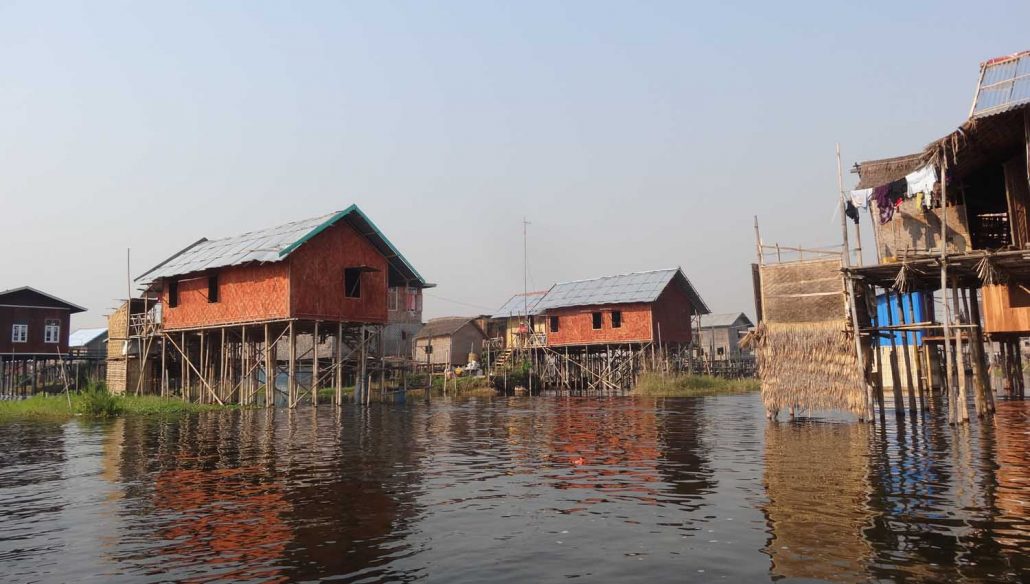
From there you’ll see life on the lake mixed with tourism on the lake and be taken across to a little village. Here there is a massive souvenir shop, and although the little stilted village is interesting the reason you’ve stopped is your captain is hoping for a kickback if you buy anything.
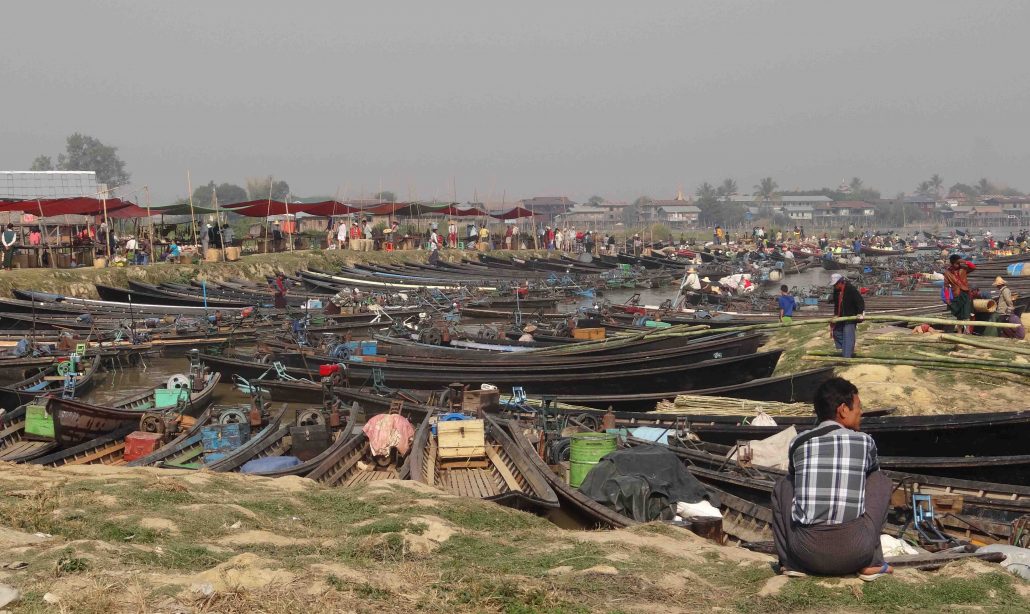
Also here you might get an opportunity to meet a woman with coils around a long neck. Sadly, what was once a tradition is now a photo opportunity (another negative impact of tourism). But if you’re like me you find it hard not to take a photo or two. Offer a few dollars. I’d like to think that if I was to go back today, I wouldn’t take the photo. But I probably would.

The next stop may well be the market. Inle Lake has a number of villages on and around it, and they rotate the location of the market. Here you can find some local produce, lunch, and even toilets, but you will also find tourists galore and a lot of the vendors therefore selling souvenirs.
From there your boat takes you to lunch at a restaurant in the middle of the lake on stilts. It’s basic fare, but okay. Not too cheap as you’d probably expect, but a good location and if you’re lucky your captain will get you there early to avoid the crowds.
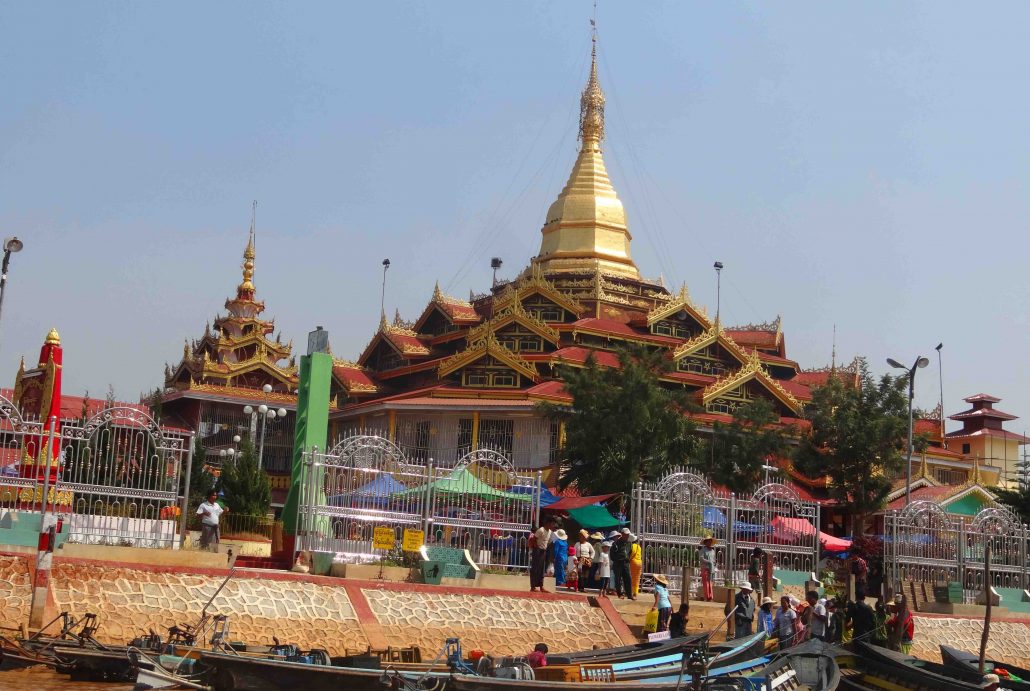
After lunch there is still plenty to see. There is the Phaung Daw Oo Pagoda, with an interesting tradition inside where small statues of Buddhas is covered by visitors to the temple with a little gold leaf. These get bigger and bigger as people add to them until you can’t recognise them.
Then you might get the chance to see people rolling cigars. Not sure how ‘traditional’ this practice is outside of Cuba, but I guess it helps the local economy if you buy one or two.
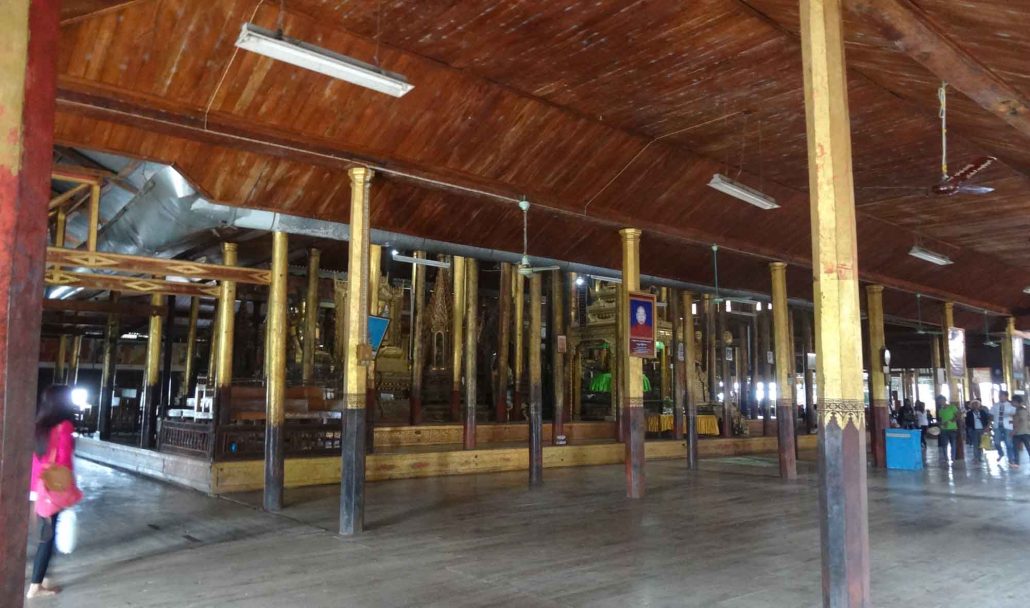
The Nga Phe Kyaung Monastery is a mostly wooden monastery on stilts which you visit somewhere near the end of the day. You’ll find so many on other tours here but it is quite nice inside and even peaceful. It’s over 200 years old and is also known as the ‘Jumping Cat’ Monastery – and indeed you will probably see several cats inside the monastery itself.
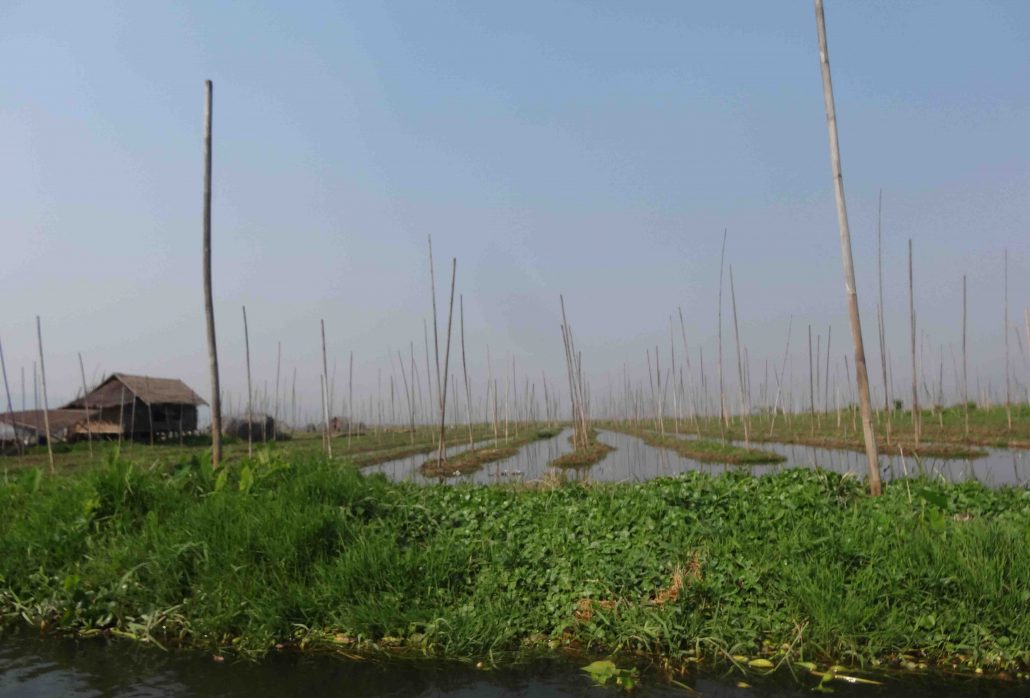
On your way back to Nyaungshwe, you’ll pass through what feels like mangroves, but is actually a kind of farming on the lake. These are also known as ‘floating gardens’ – and primarily they are growing tomatoes. Someone may come to your boat an offer you a flower. And then it may well be time for the sun to go down, and a day of sights and sore bottoms will be over as you return to Nyaungshwe.
Well, this is how your tour will be if it’s exactly like mine for a few years ago!
Practicalities
The nearest town to Inle Lake is Nyaungshwe. This is where most travellers and backpackers base themselves to visit Inle Lake. It’s not brilliantly connected to the rest of the country as far as transport is concerned. You can get buses to most places such as Yangon and Mandalay. Some of the services are real ‘VIP’ with just three seats cross that recline right back. You might actually sleep like I did to Yangon.
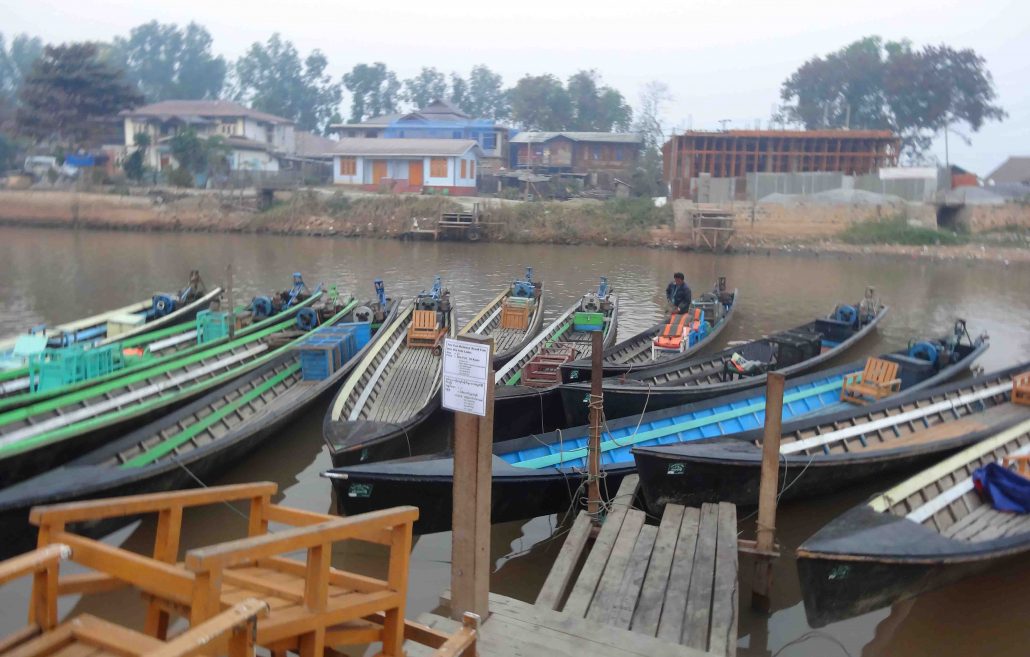
However, the buses don’t go into Nyaungshwe (and they don’t necessarily tell you that) in fact they go close but you still need transport into town. Leaving Nyaungshwe the companies will provide transport to your bus, mine sat on the side of the road in seemingly the middle of nowhere, a dusty intersection where a fair bit of transport waited.
By train the nearest station is Shwenyung. This is further out from Nyaungshwe, but the journey from Thazi to Shwenyang is very rewarding, if slow, taking you up into the fills via a number of switchbacks. From the station at Shwengyaung you’ll need to get probably a tuk-tuk to Nyaungshwe. Which isn’t that hard to do, there are plenty of tuk-tuks in Myanmar as there are across South-East Asia.
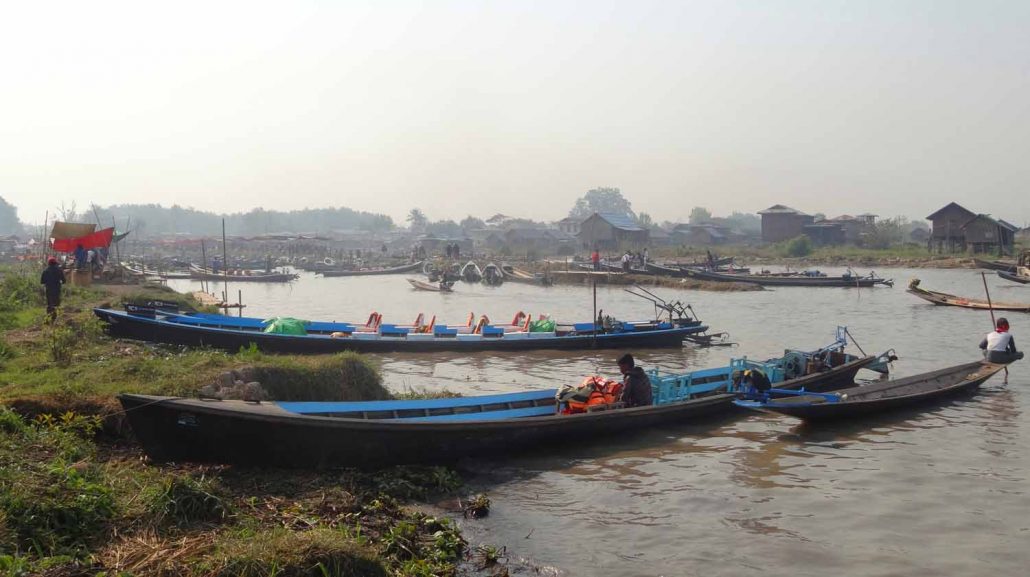
Myanmar opens up to tourism a little bit each year. Although the main points of interest may be a fair way from each other (Yangon/Inle/Bagan/Mandalay & Hill Country/the South) buses are comfortable (on the right service) and there are air options too. Tourism is changing people’s lives in Myanmar, for good, and sometimes not for good and I think anyone who visits can’t help but realise this, so try to be mindful.
Inle Lake, I would say, regardless of the numbers and the issues, firmly remains in the top three reasons to visit Myanmar, the other two being Bagan and exploring the hill country. Just be aware that is a ‘tourist experience’.
Thanks for reading! And thanks to Tim for allowing me this opportunity to guest post!
And thank you very much to Andy for this great post – do head on over to his blog at Andy’s World Journeys for more great travel stories and tips!
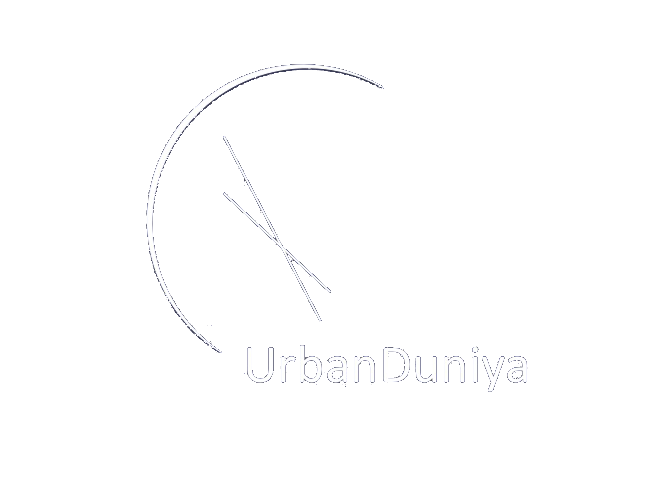
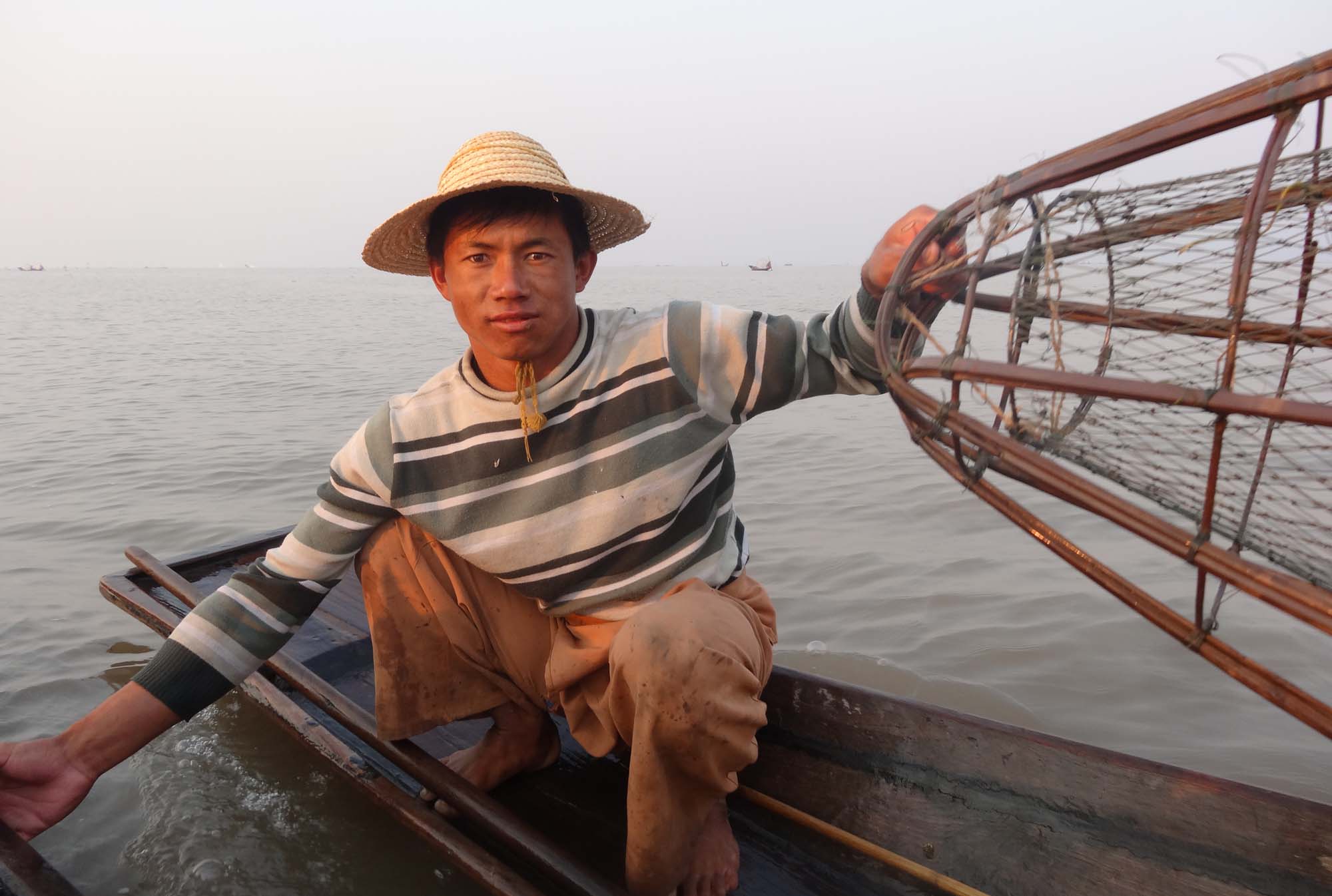
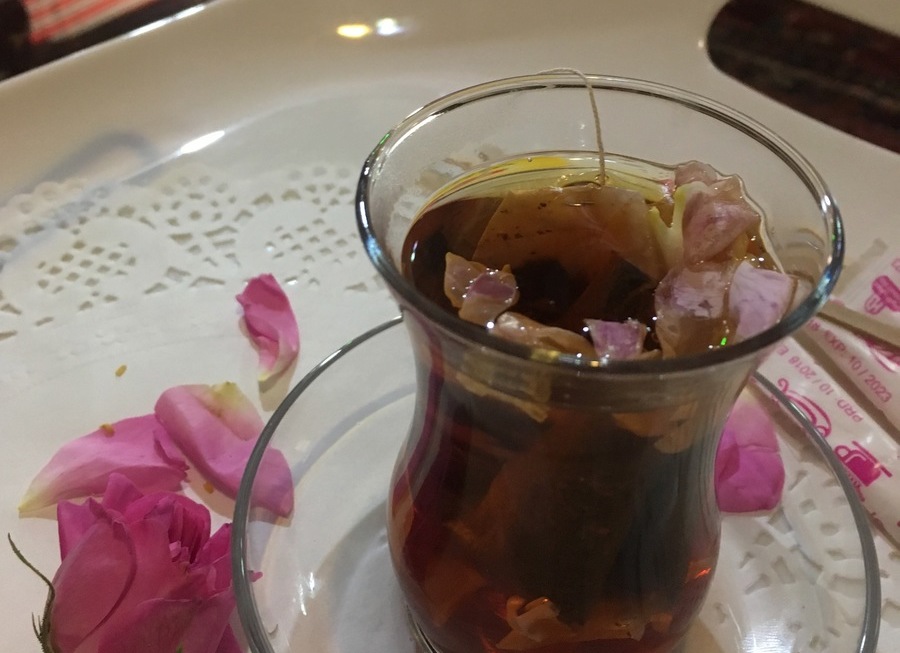


Thanks for the opportunity to guest post!
Love the photos, looks inviting. Gonna have to add this in my bucket list. Thank you for sharing this one
Thanks for commenting!
Great photos – really loved this story and glad it was a guest post or I may have missed it
Thanks for reading 🙂